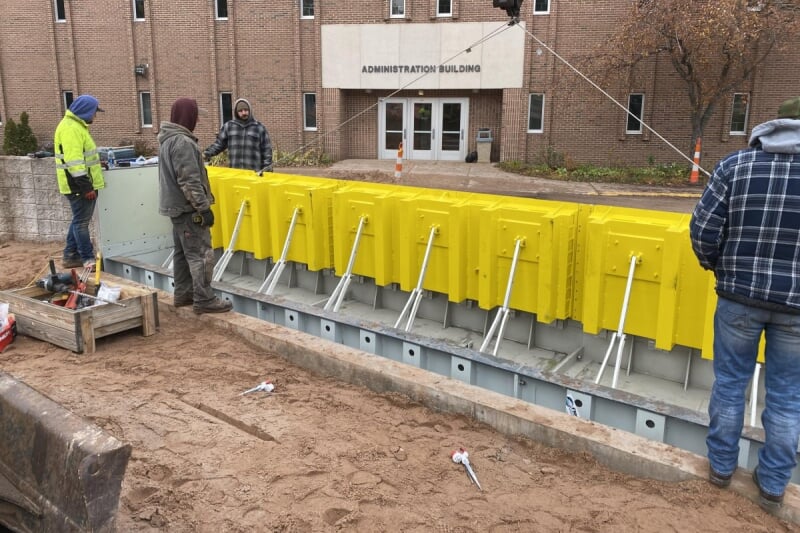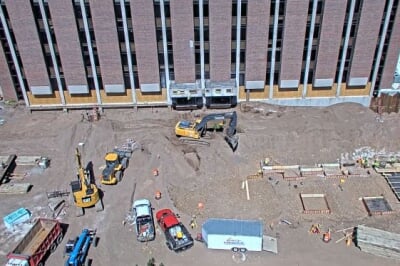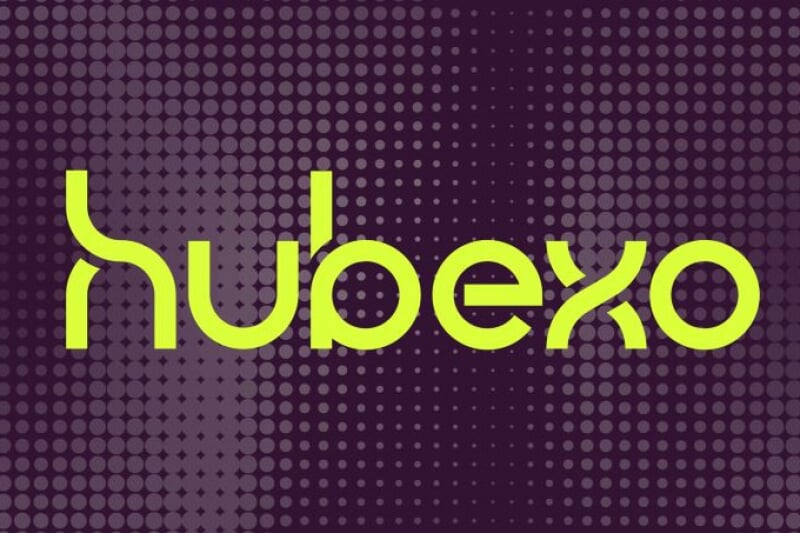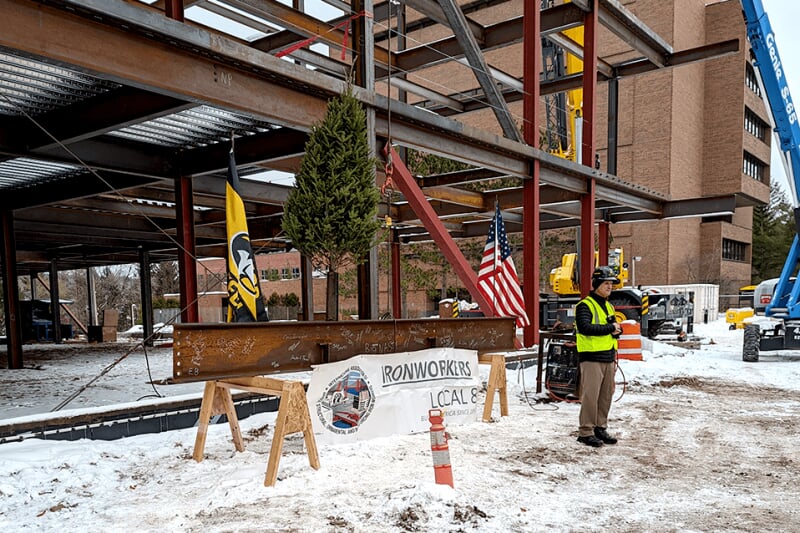Facilities Management works with various contractors, consultants and vendors. Contractors are expected to become familiar with and comply with all University as well as Federal, State and local applicable building codes and environment, health and safety requirements. The links and guidance documents provided here are meant to assist contractors and vendors while working on our campus.



